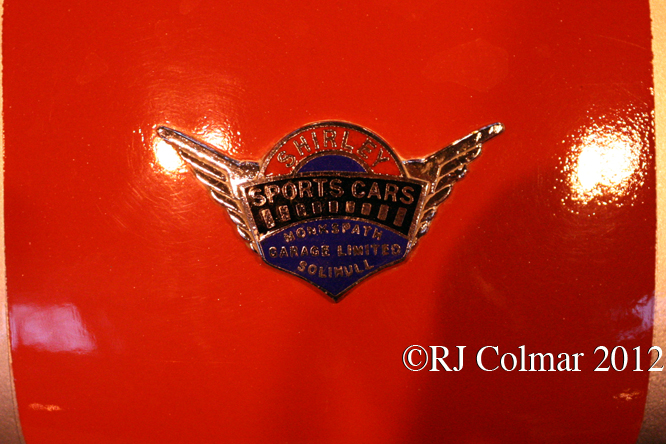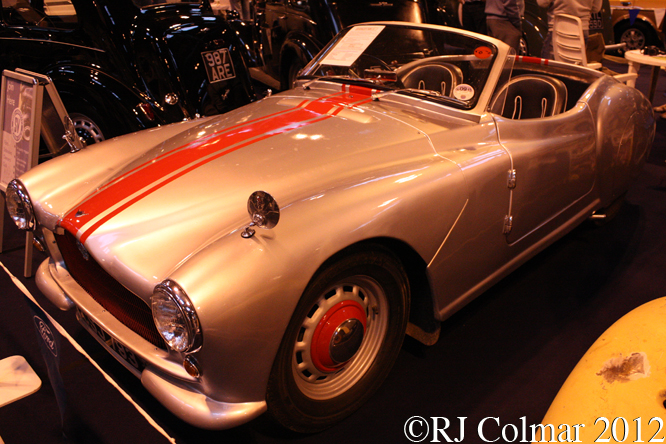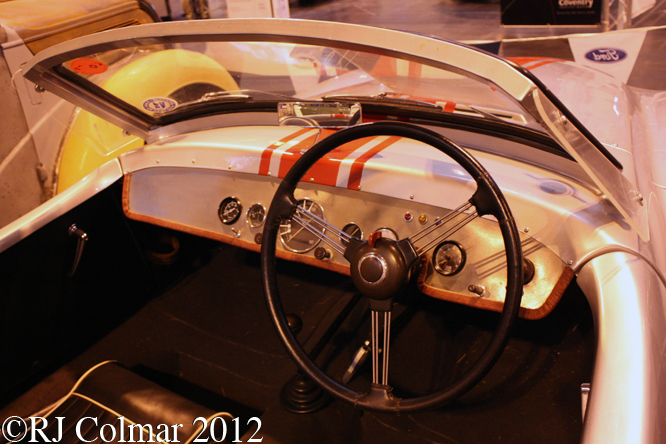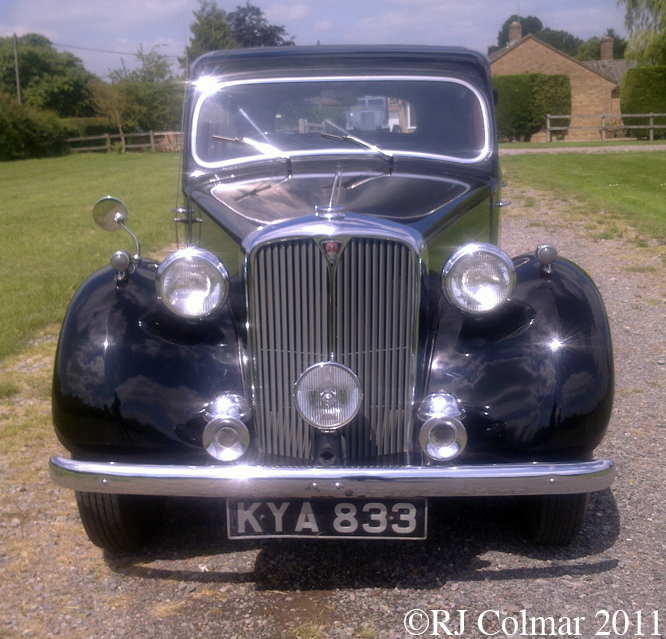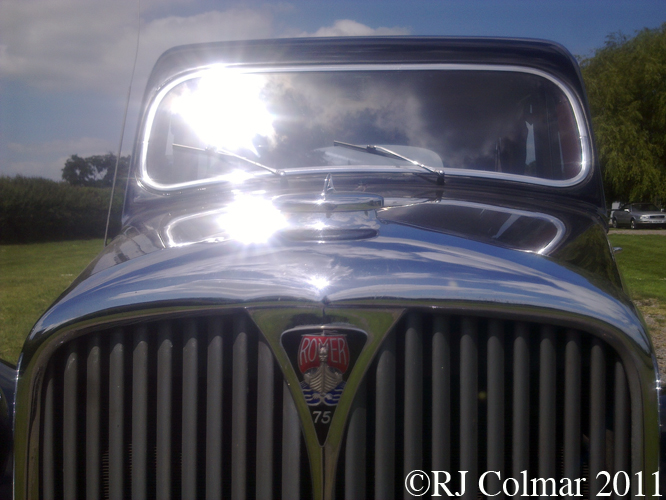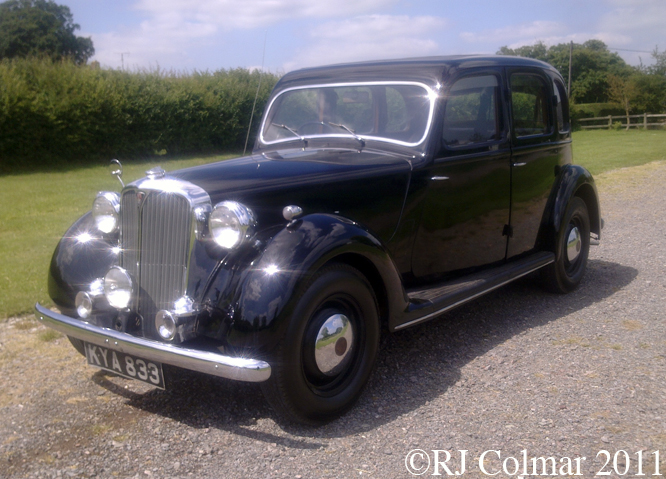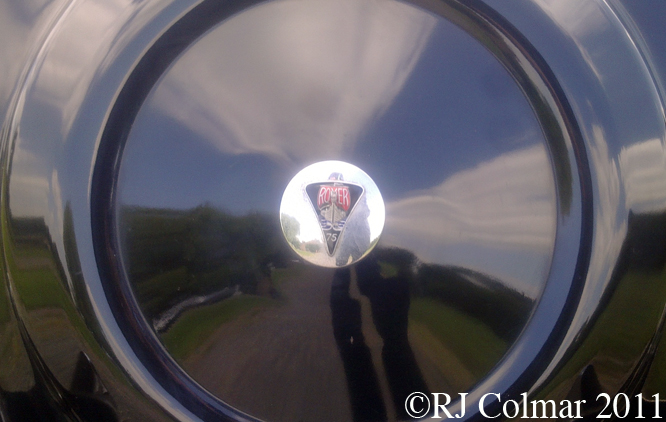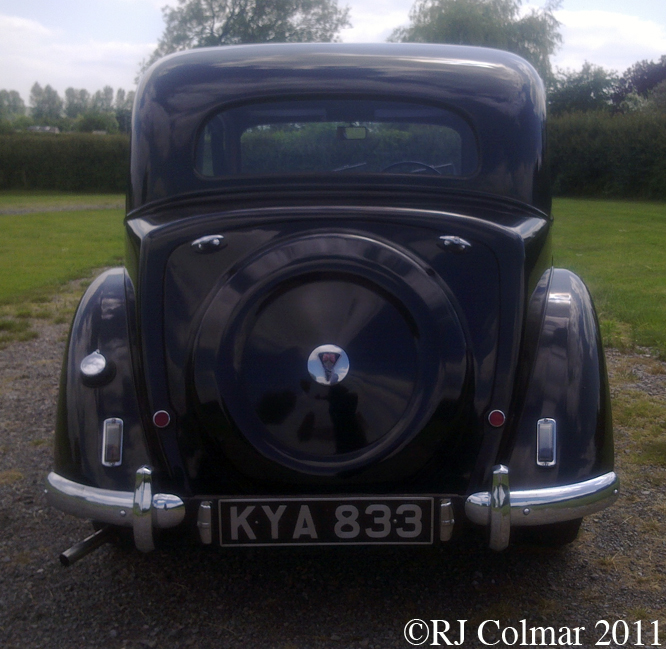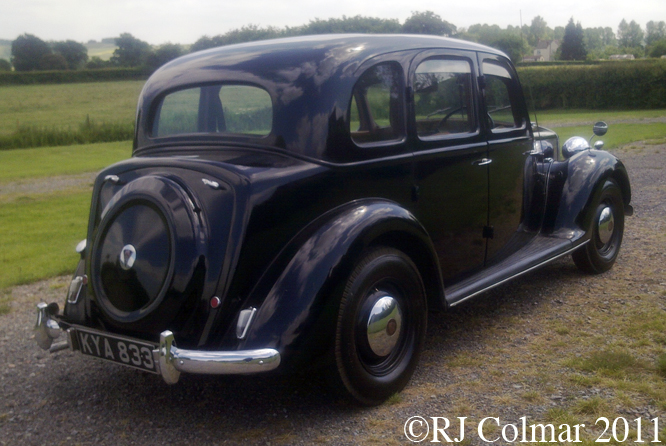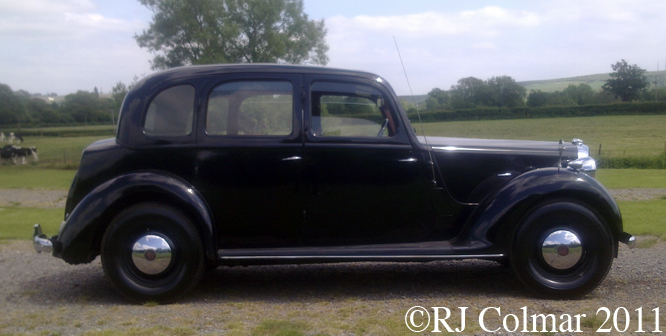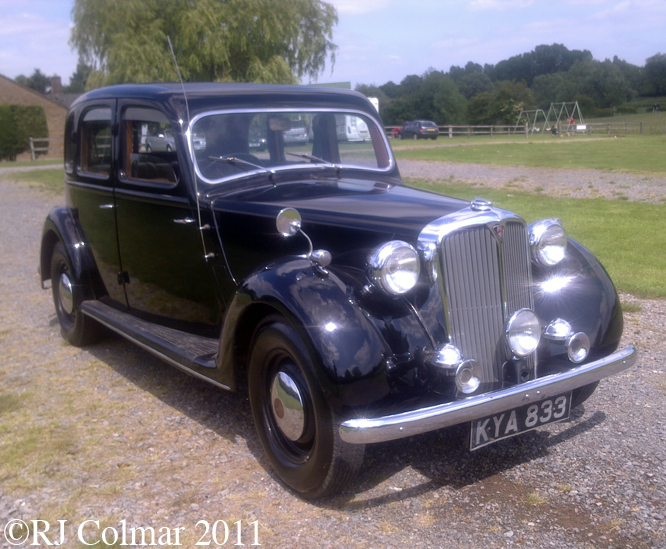During the making of the 1995 Aardman Animations short “A Close Shave” Aardman model maker Matthew Healey was tasked with creating the model Lamb Rover seen on screen.
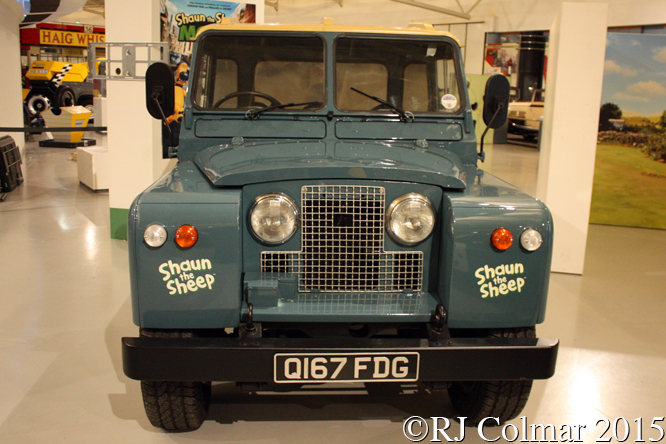
Working from photographs taken of Land Rovers of varying vintage Matthew had just eight days to create the model baahck at Aardman’s Bristol studio.
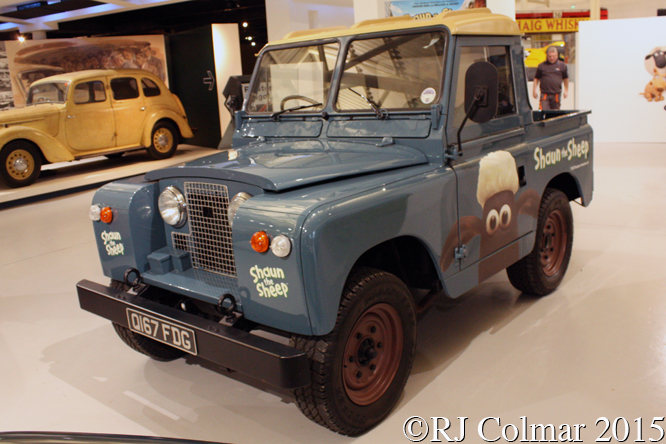
A Close Shave received tremendous acclaim from British television viewers on Christmas day 1995 and like the previous Aardman Christmas stop frame shorts A Grand Day Out (1990) and The Wrong Trousers (1993) the film was nominated for the 1996 Academy Award for Best Animated Short Film in 1996 which it won, as did The Wrong Trousers in 1993.

12 years later the star of A Close Shave, Shaun The Sheep, was given his own “Shaun The Sheep” television show which has to date has run to 130 7-minute episodes that have been broadcast in 180 countries.
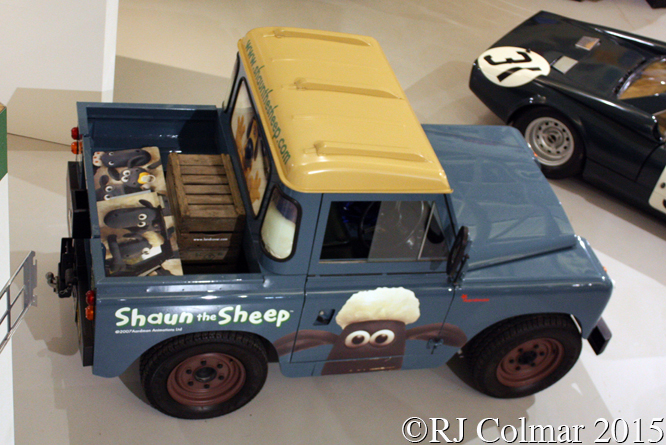
Today’s featured Lamb Rover was built as a replica of Matthew Healey’s 1995 film model by craftsmen in the Land Rover Solihull Tool Room to promote the “Shaun The Sheep” TV series in 2007.
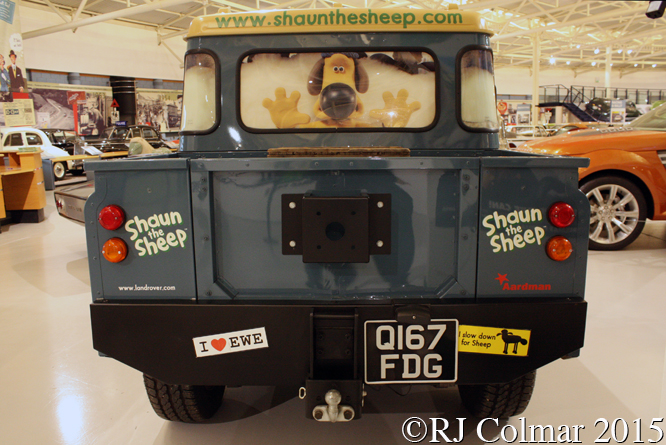
Using a 1951 chassis the Lamb Rover was built, with panels sourced from Land Rover Series of varying vintage including the 2007 Defender, in just seven weeks and is road worthy, though currently not taxed for road use.
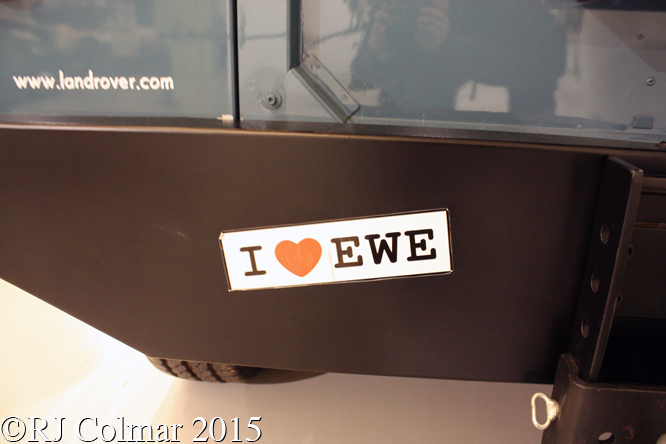
Notice that the vehicle which appears in the animations and today’s featured vehicle are missing any obvious way to fill the tank because the Matthew excluded the traditional fuel filler on the off side rear panel of his model.
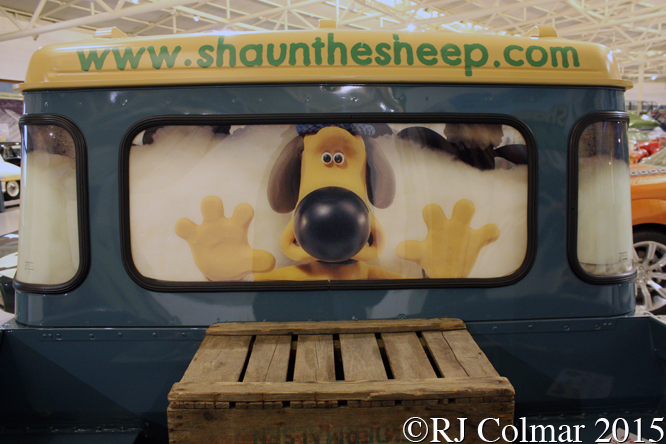
On Friday, February 6th, a new feature length “Shaun the Sheep Movie” will go on release in the UK and the vehicle seen in these photo’s is on display at the Heritage Motor Center at Gaydon to promote the new release.
Thanks for joining me on this “A Close Shave” edition of “Gettin’ a li’l psycho on tyres” I hope you will join me again tomorrow. Don’t forget to come baahck now !


